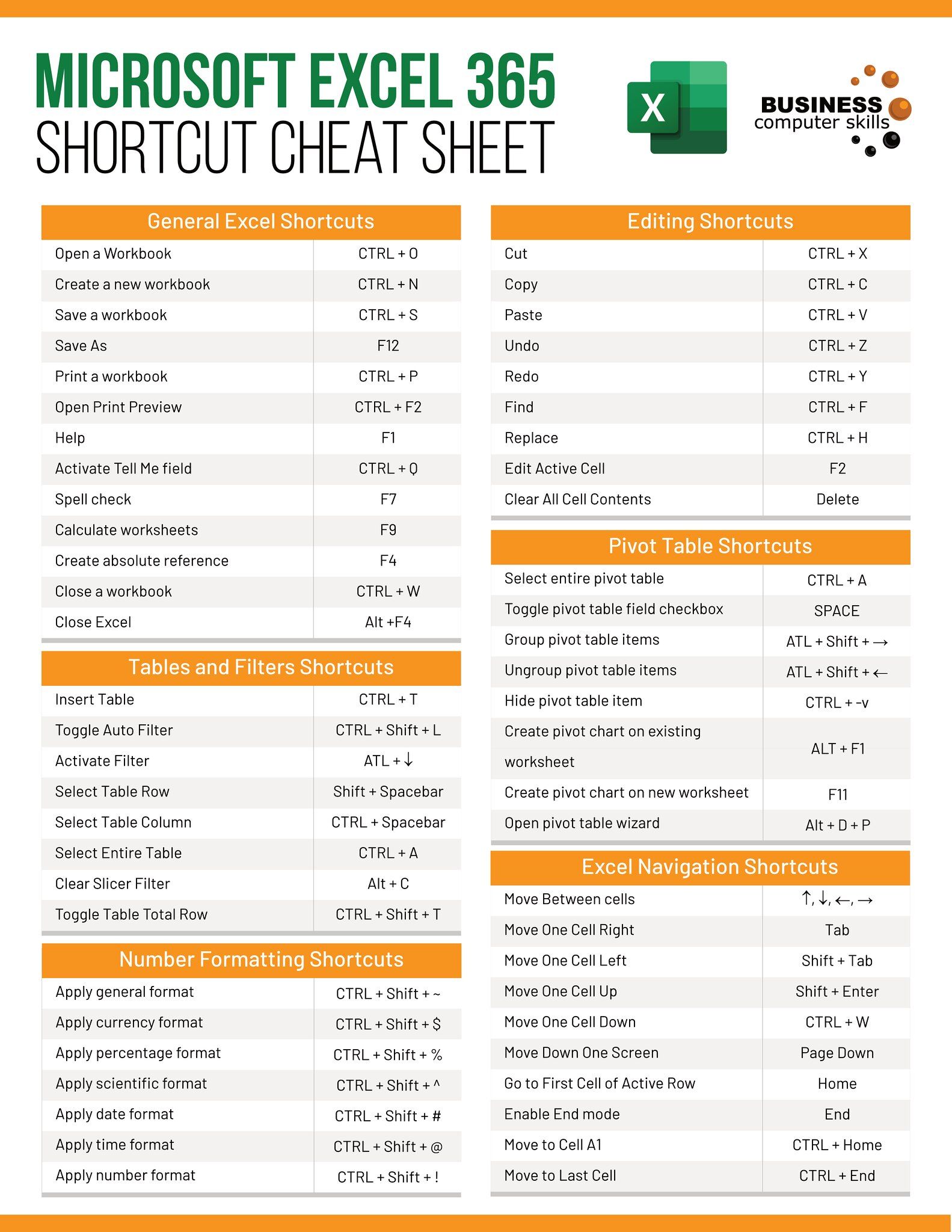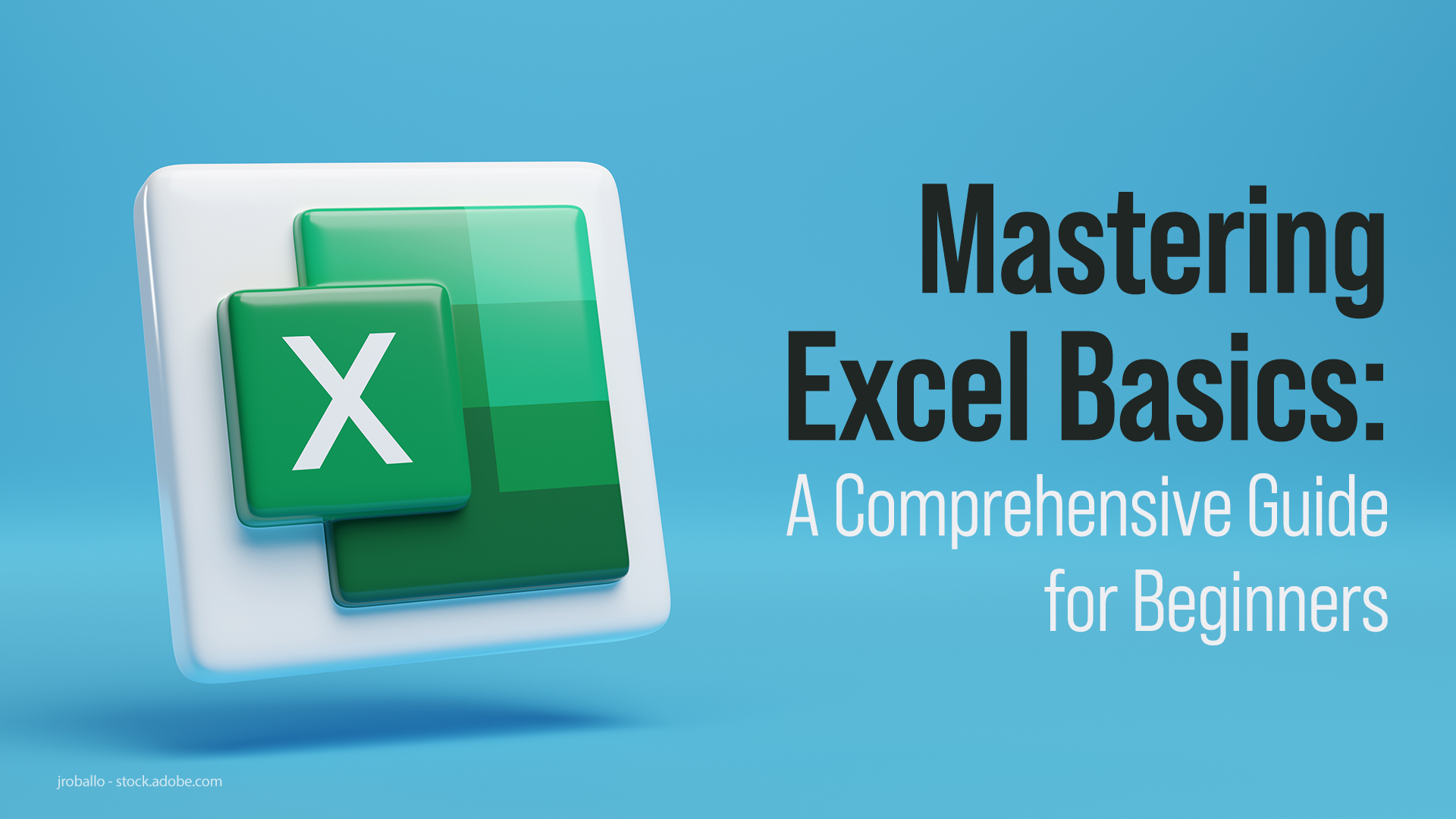Mastering Return Key: Excel Shortcuts Guide

In the world of spreadsheets, efficiency and speed can significantly impact productivity. Excel, Microsoft's flagship spreadsheet software, offers a multitude of shortcuts that can accelerate your work. One key that might seem inconsequential at first but is pivotal for Excel mastery is the Return Key or Enter Key. Understanding its various functions can transform the way you interact with data, formulas, and sheets. In this comprehensive guide, we'll explore how to use the Return Key effectively to enhance your Excel experience.
The Basics of the Return Key

The Return Key, commonly known as the Enter Key, serves multiple purposes in Excel:
- Entering data into cells
- Navigating through cells
- Confirming actions and formulas
- Activating formula editing mode
💡 Note: The behaviors described might differ based on Excel versions or settings. Ensure you're familiar with your Excel environment for the best results.
Using the Return Key for Data Entry

The most basic use of the Return Key in Excel is to input data:
- Entering Values: Type a value or text into a cell and press the Return Key to confirm it and move to the cell below.
- Formulas: When you've completed entering a formula, the Return Key commits it, allowing Excel to calculate the result.
- Editing Cells: If you're already in a cell, pressing Return after changes commits those changes and moves focus to the next cell.
| Action | Result |
|---|---|
| Type data + Return | Moves to cell below and commits data |
| Type formula + Return | Calculates formula and moves to cell below |
| Double-click cell + Edit + Return | Commits changes and exits cell |

Navigating Cells with the Return Key

Beyond data entry, the Return Key also serves navigation purposes:
- Default Navigation: By default, pressing Enter moves the cursor to the cell directly below. However, this can be customized.
- Directional Control: Holding the Ctrl key while pressing Enter allows you to stay in the same cell, useful for multi-line entries or corrections.
- Directional Selection: Holding the Shift key with Enter selects cells in the direction you're moving, which can be helpful for formatting or copy-pasting.
💡 Note: Excel remembers your last direction of navigation when using the Enter key, making repetitive data entry easier.
Enter Key in Formula Editing

When it comes to working with formulas:
- Edit Mode: Pressing F2 or double-clicking a cell activates edit mode. Here, the Enter Key can be used to move between different parts of the formula or to exit edit mode and confirm changes.
- Array Formulas: For entering or editing array formulas, Ctrl+Shift+Enter is necessary. However, once entered, you can use the Return Key to edit.
Here are some common formula editing shortcuts:
| Shortcut | Function |
|---|---|
| F2 | Activate edit mode |
| Ctrl+Enter | Edit formula but stay in cell |
| Esc | Cancel changes and exit edit mode |
Advanced Return Key Techniques

Beyond the basics, here are some advanced techniques:
- AutoFill Series: When you enter a series (e.g., 1, 2, 3) and press Enter, Excel recognizes the pattern and continues it down the column.
- Array Functions: Although typically entered with Ctrl+Shift+Enter, you can use the Return Key to navigate within array formulas for editing.
- Transpose Data: With Ctrl, hold Shift and press Enter after typing in the formula bar to transpose data, moving values or formulas to new cells.
Customizing Return Key Behavior

Excel allows you to change how the Return Key behaves:
- Direction: Under Excel Options, you can change the default direction (Down, Right, Up, Left).
- Editing: Customize whether Enter key always moves or if Ctrl+Enter is needed to commit changes while staying in the same cell.
- Autocomplete: Enable or disable AutoComplete features related to the Enter Key.
💡 Note: Experimenting with different Return Key behaviors can optimize your workflow for specific tasks.
The mastery of the Return Key in Excel involves more than just basic usage; it's about understanding its versatility. From data entry to formula manipulation, navigation, and even customizing its behavior, the Enter Key is a powerful tool for any Excel user. By leveraging its full potential, you can significantly reduce the time spent on repetitive tasks and increase your overall efficiency within the application. Whether you're a beginner or an advanced user, the techniques outlined in this guide can help you become more proficient in your Excel usage. Keep exploring, adjusting, and fine-tuning your approach with the Return Key to match your evolving needs and workflow.
Can I change the behavior of the Return Key in Excel?

+
Yes, you can change the default behavior of the Return Key by accessing Excel Options and selecting a preferred navigation direction or modifying editing settings.
What if pressing Enter doesn’t move me to the cell below?

+
Check your Excel settings. The behavior might have been customized, or you might be in a mode where Enter is used differently. Resetting to default settings might resolve this.
How do I avoid accidental cell navigation when editing data?

+
Use Ctrl+Enter while editing data. This commits changes but keeps the focus in the same cell, preventing accidental navigation.


